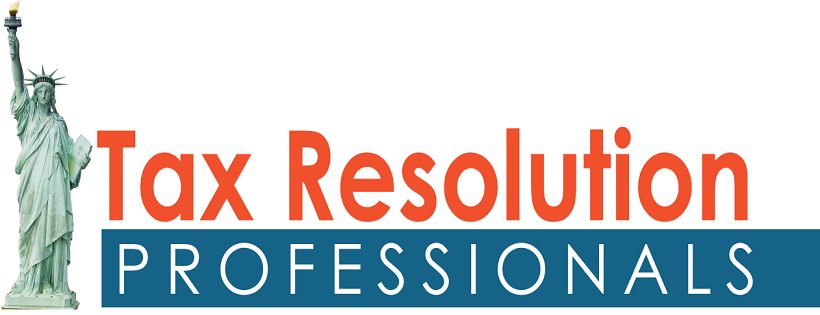Here we go through the basics of the IRS Fresh Start Program and where things are at in 2021. The IRS began the Fresh Start program in 2011, to help struggling taxpayers. This was in recognition of those who were hit hard by the 2007 Subprime Mortgage Loan recession, continuing to the modern COVID-19 recession. The IRS takes into account that burdensome tax debt can make it harder for taxpayers to hold sustainable income or obtain affordable credit.
You can watch the video below or read our brief guide below that.
IRS Fresh Start Program Simplifies Many Things For Taxpayers
The purpose of the IRS Fresh Start Program is to make it simple for people to resolve tax debt. Many of the options are so simple you do not need a tax professional to resolve your case. Payment plans have been totally simplified. Offer In Compromise has been made easier to qualify. Tax liens can now be withdrawn rather than just released. Among other highlights of the program changes, they include:
- Revived calculation on your future income
- Allowing you to prioritize Student Loan debt
- Allowing you to prioritize state and local tax debt
- Expanding the Allowable Living Expense amount
Here we’ll go through each area.
Payment Plans
The IRS now has three main types of payment plans under Fresh Start, based on the balance of taxes owed. Participation in any payment plan can, after a few months of timely payments, result in a lien automatically being lifted. Plan participation will also not trigger a credit report to any of the credit bureaus.
Here’s how each plan breaks down:
36 Month Payment Plan for $10,000 or less, no lien filed
You can set up a payment plan for any debt of $10,000 or less and just pay it off within 36 months. As long as you agree to wipe out the debt within the 3 year period, there is no set minimum payment per month.
You can also pay it off within 72 months (6 years) under the other option discussed below.
72 Month Payment Plan for $50,000 or less, also known as the streamlined installment agreement
If you owe less than $50,000 the IRS will accept a payment plan over 72 months without filing a tax lien. This type of payment plan may require a direct debit installment agreement if the debt is over $25,000.
Pay off within Collection Statute, Any Debt $250,000 or less
Propose to pay off your tax debt within the Collection Statute Expiration Date, which basically means you will pay it off before the tax debt expires, and the IRS will accept the payment plan. A tax lien will be filed with this type of agreement unless the debt is under $10,000.
This replaces the previous 84-month payment plan option for debts between $50,000 and $100,000. If you pay by direct debit you do not need to disclose any financials.
Offer In Compromise Change Under Fresh Start Program
Criteria for approval of Offer In Compromise have been eased. Due to the ongoing COVID pandemic, income will be lower for a lot of people, but that might work in their favor when it comes to dealing with the IRS. An Offer in Compromise can be 10% of the outstanding debt amount.
If an Offer In Compromise is accepted, but something unforeseen happens and the taxpayer cannot pay off the original Offer amount, the IRS can consider an Offer on an Offer. For example, if your Offer was approved for $5,000 but your business closed to due COVID and now you can only pay $1,000, the IRS might accept that.
Withdrawal of federal tax liens
For IRS debts that are $25,000 or less, which are in a streamlined installment agreement, tax liens can now be withdrawn. It’s better than a lien release because it was like it was never there. They typically are going to require a few payments to be made before they will process the withdrawal. Before, liens would only be released.
Who qualifies for the IRS Fresh Start?
- If you are self-employed, you qualify if you can prove a drop in net income of 25%
- If you are a joint filer, you may qualify if you earn less than $200K annually
- If a single-filer, you likewise may qualify if you make under $100K annually
- Your outstanding balance with the IRS must fall below $50K by the end of the year to continue to qualify
The one big requirement the IRS makes of everyone is that they must be up-to-date on filing tax returns. This is the major factor in dealing with the IRS in general; they’re willing to work with you as long as your filings are complete, with the correct amount of with-holdings for the current year.
Get help from expert tax attorneys
If you find yourself needing help resolving your tax case, click here to schedule a consultation with one of our expert tax attorneys. You can also call us at (888) 515-4829.
For immediate help call (888) 515-4829 and we’ll assist you. You can also fill out the form below.
